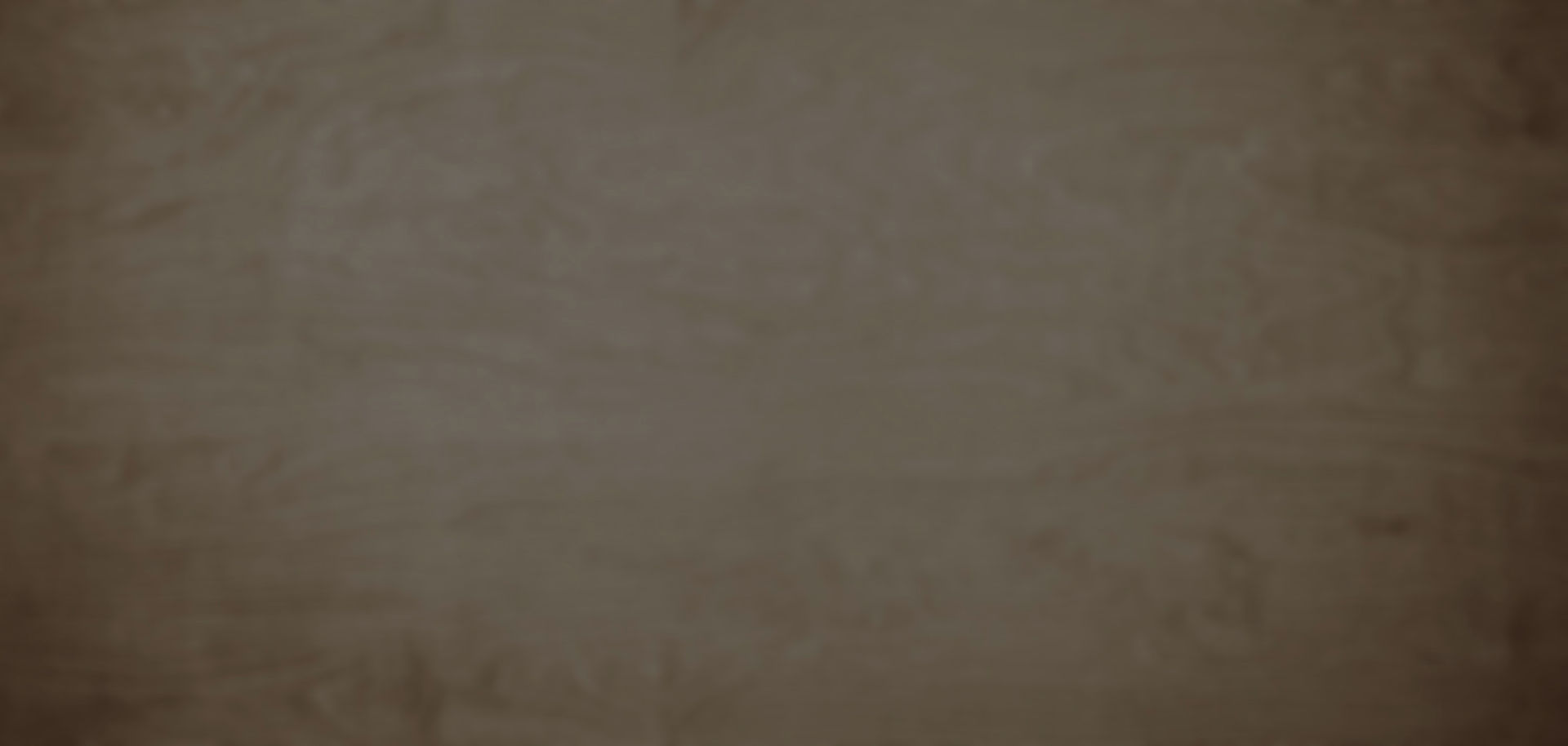
Vision
Building, maintaining and inspiring a studio of accomplished violinists has always been a personal vision, and one of the joys of my life. To share with students the pleasure of making music, regardless of their eventual career path, is a noble endeavor. It challenges them to develop and integrate diverse aspects of their personality, intellect, and character. My teaching approach has been influenced by my studies with such notable violinists as David Zafer, Steven Staryk, Jose-Luis Garcia, Shmuel Ashkenasi and violist Richard Young.
My philosophy of teaching violin emphasizes sound technical fundamentals, mutual respect and trust between teacher and student, and strong citizenship. Traditional methods of violin playing tend to emphasize correctness of notes and intonation, but comparatively neglect the bow arm. I strive for a balanced approach to encourage tension-free playing and ease of musical expression. Often, musical ideas and technique are separated in the practice room. It is imperative that the student's technical work, while essential, is always guided by musical goals. Through disciplined work, all my students have benefited from this approach.
Treating my students with respect and earning their trust is of utmost importance. The building of their confidence is always present in my mind when I work with them. Creating a safe environment to learn is imperative. This allows me to be most effective, even when I must be critical in my assessment of their playing. I can challenge them to rise to their highest potential. With this sense of security, they are able to explore the inner depths of their musical expression.
My class is required to keep a journal that includes semester goals, lesson notes, practice logs, thoughts about music and life, reviews of concerts and recordings, and periodic self-assessments. With this tool they can track progress, plan practice sessions for maximum efficiency and organization, identify areas that need special attention, and become more efficient with their time. They are expected to support each other and be responsible to one another. Students are often paired together based on repertoire or specific technical criteria to reinforce ideas from lessons and assist each other in accomplishing their common goals. This solidifies their process while giving them teaching experience.
The strongest influence I have with my students is the example I set. They see my dedication to my art, my support of them, my desire for all of my students to succeed, and the energy and passion I exude in their lessons and coaching. It is my hope that my students will learn not only to play well but also to be better citizens who make a positive contribution in any endeavor they choose.
Navigating the increasingly diverse musical field presents new challenges for all music educators. I believe strongly that there needs to be room for different styles of learning and varied interests. An awareness of different genres, creative programing, public speaking, audio - visual acumen, and community outreach are all becoming more imperative to succeed in this field. Finding the balance between the older traditions and the new demands is a challenging yet fascinating endeavor.


